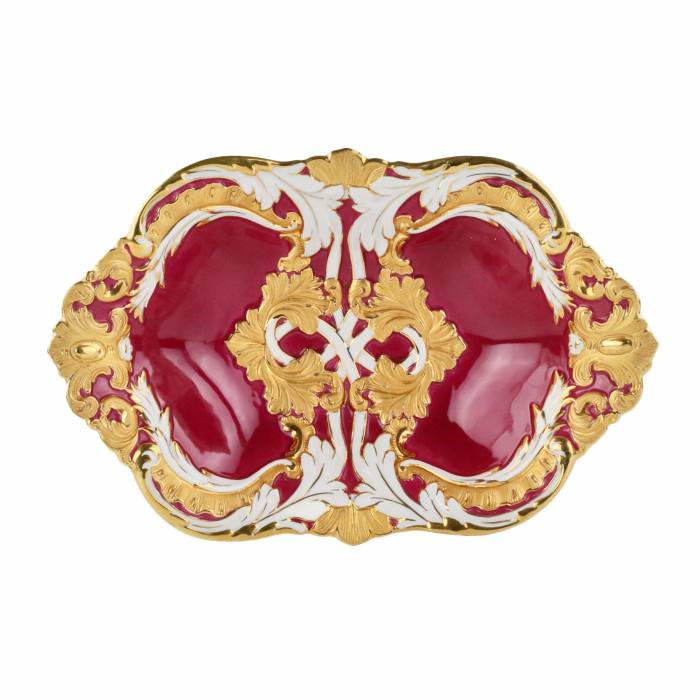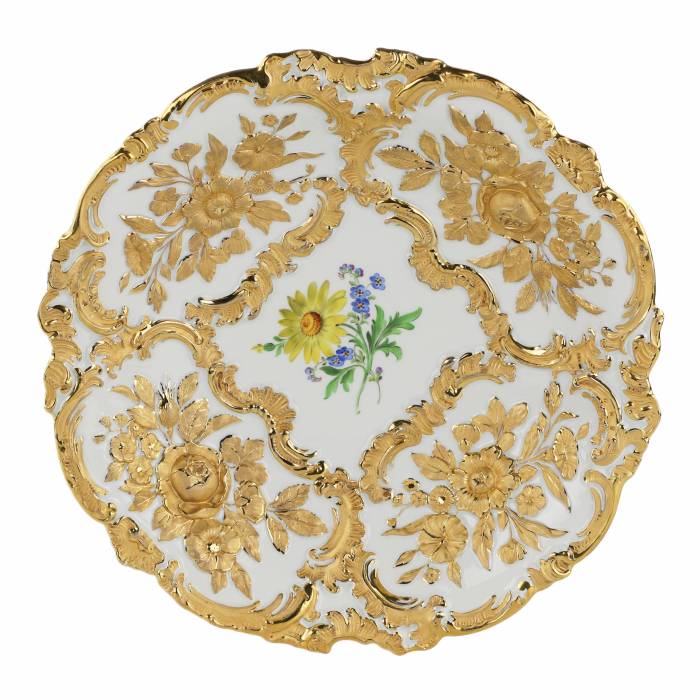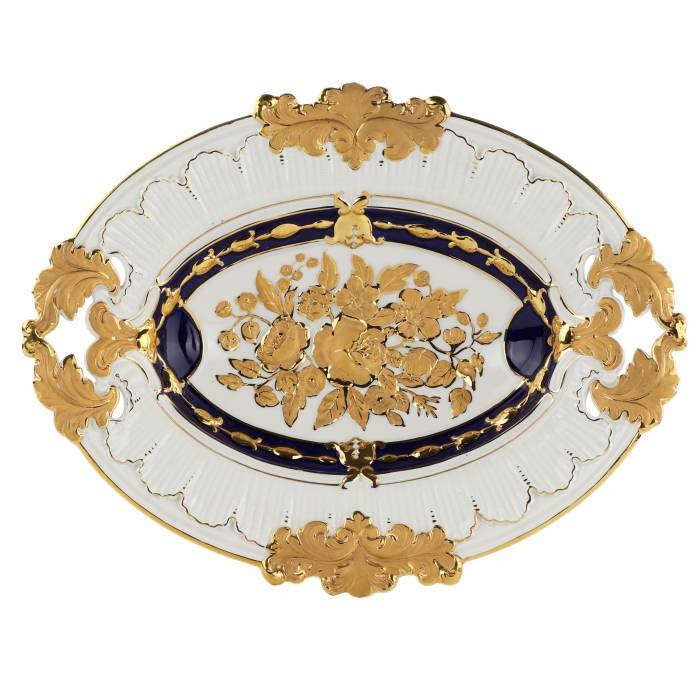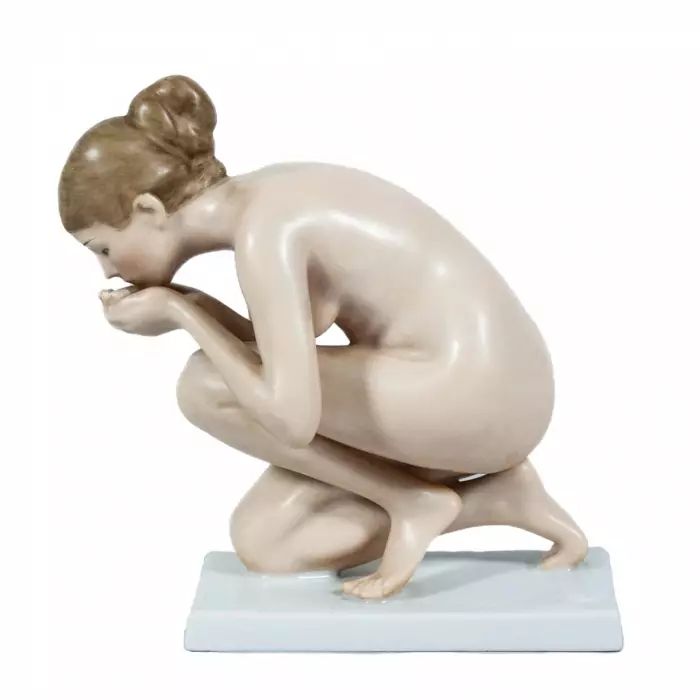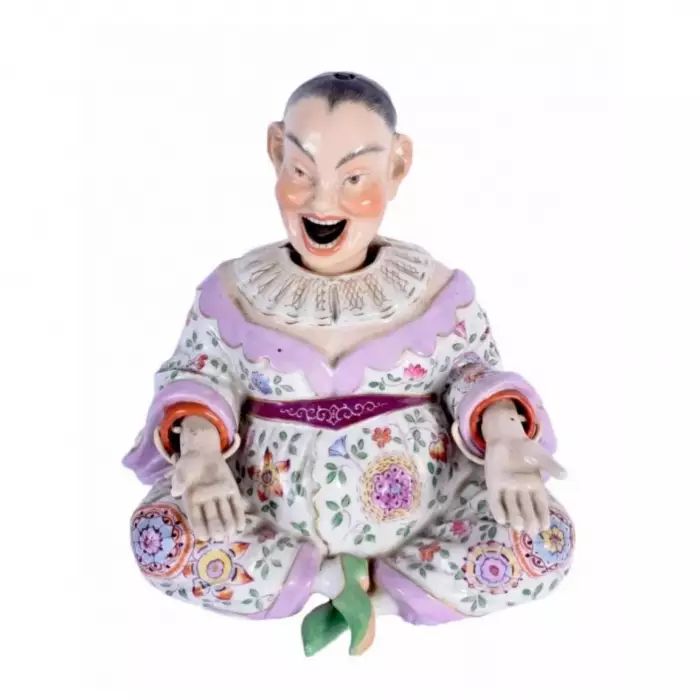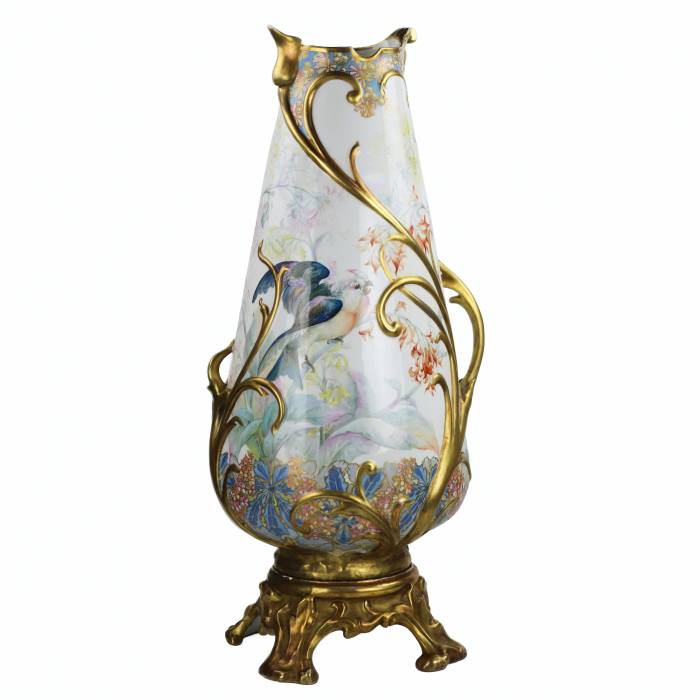
AntiqonART consultant will contact you within one business day after receiving your request.
Thank you for your request!
Our consultant will contact you soon.

AntiqonART consultant will contact you within one business day after receiving your request.

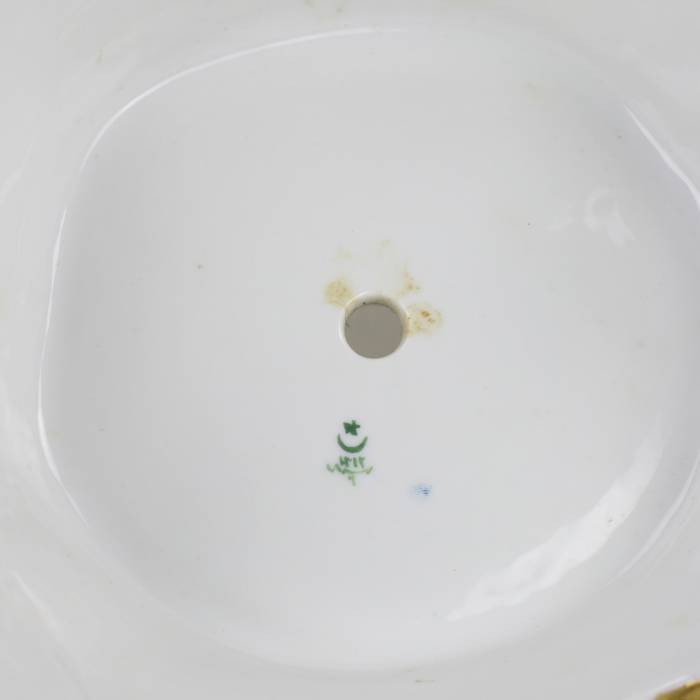





















Historical Reference:The Imperial Yildiz Porcelain Factory was the principal center of artistic porcelain production in the Ottoman Empire. It was established in 1894 by the personal decree of Sultan Abdul Hamid II and named after its location near the Yıldız Palace complex in Istanbul, the sultan’s residence in the late 19th century. The factory’s creation was part of a broader modernization effort and a symbolic expression of the Sultan’s desire to assert cultural identity and independence from European influence.Production at Yildiz combined European technology with traditional Eastern decorative art. Yildiz porcelain stood out for its fine quality, delicate glazing, and artistic hand painting, often enriched with gilded bronze mounts. Common motifs included flora, birds, exotic landscapes, and courtly scenes. A distinctive feature was the incorporation of Ottoman calligraphy and inscriptions, underlining the imperial character of the pieces.Artists were trained by European experts initially, but the factory soon developed its own style. Some works were signed, such as those by “Monsieur Narcisse”, a known decorator of the early 20th century.The factory’s output was mainly destined for the Sultan’s court, diplomatic gifts, and export. Vases, tea sets, candelabra, and decorative panels from Yildiz were highly esteemed at court and among foreign diplomats. Each piece bore the underglaze mark of a crescent and star — symbols of the Ottoman Empire — along with an Ottoman inscription referencing the factory’s foundation year (1312 AH 1894 CE).With the fall of the Sultanate and the establishment of the Turkish Republic in 1923, the factory’s activity gradually ceased. Today, Yildiz porcelain is a rarity and highly prized on the antique markets of Europe and the Middle East, particularly among museums and private collectors.
















